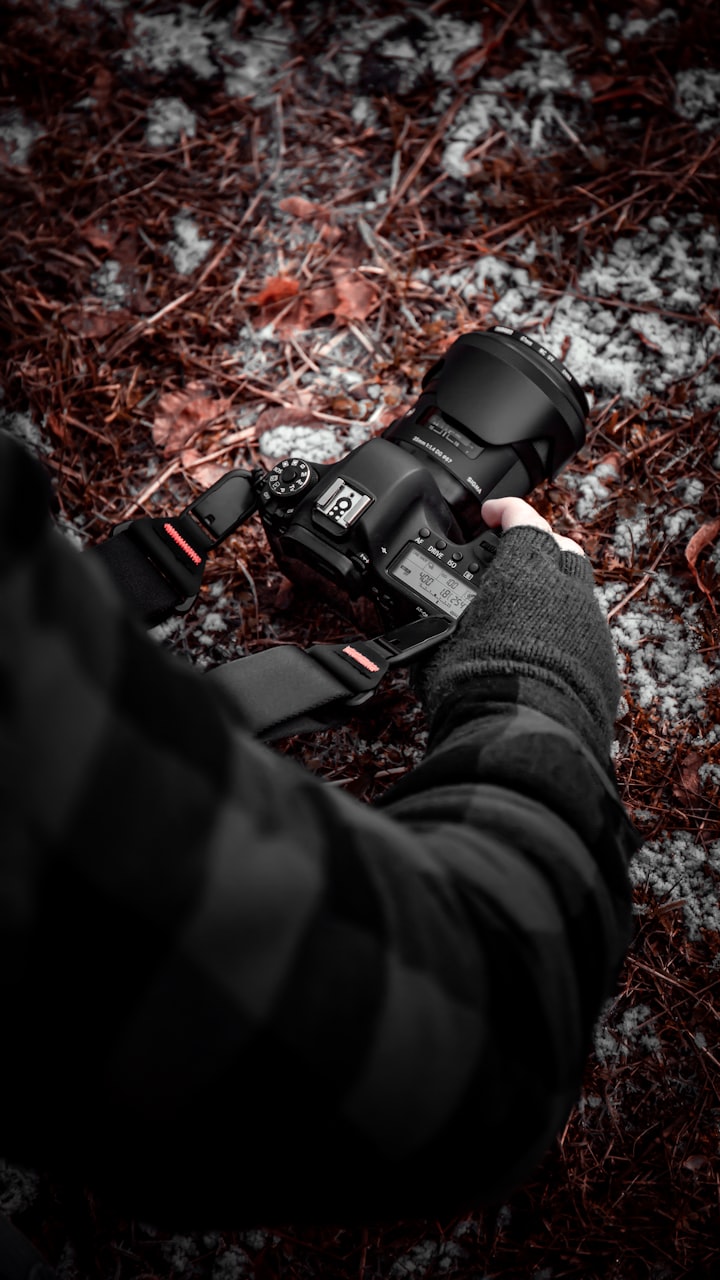
Different Types of Camera Lenses: Which Lens to Use in Which Situation?
Photography is an art form that captures moments in time and preserves them for future generations. The type of lens you use can have a significant impact on the quality of your photographs. There are various types of camera lenses available, each with its unique features and characteristics. Understanding the different types of lenses and when to use them can help you capture stunning images.
1. Wide-Angle Lenses: Ideal for Landscapes and Architecture
Wide-angle lenses have a focal length of less than 35mm. They are perfect for capturing vast landscapes, cityscapes, and architectural shots. These lenses offer a wider field of view, allowing you to capture more of the scene in a single shot. However, they may distort the image if not used correctly.
When using a wide-angle lens, it's essential to keep the camera level and straight to avoid any unnecessary distortion. This can be achieved by using a tripod or by keeping the camera level with the horizon.
2. Standard Lenses: Perfect for Everyday Use
Standard lenses have a focal length of 35mm to 85mm. They are versatile lenses that can be used for a wide range of photography genres. They provide a more natural perspective and are ideal for everyday photography, such as street photography and candid shots.
When using a standard lens, you can experiment with different apertures to create a shallow depth of field. This can help to blur the background, making the subject stand out.

3. Telephoto Lenses: Ideal for Sports and Wildlife Photography
Telephoto lenses have a focal length of 85mm or longer. They are used to bring distant objects closer and are perfect for sports and wildlife photography. They allow you to zoom in on a subject and capture details that may not be visible to the naked eye.
When using a telephoto lens, it's important to use a fast shutter speed to avoid any motion blur. This is especially true when capturing fast-moving subjects such as sports or wildlife.
4. Macro Lenses: Ideal for Close-Up Photography
Macro lenses are designed for capturing detailed close-up shots of small objects. They are distinguished by their ability to focus at a very short distance from the subject. Macro lenses can also be used as portrait lenses, as they create a shallow depth of field, making the subject stand out.
When using a macro lens, it's important to use a tripod to keep the camera steady. This will help to avoid any camera shake, which can result in a blurry image.

5. Fisheye Lenses: Used for Artistic Purposes
Fisheye lenses are typically lenses with a focal length of less than 16mm. These lenses are similar to wide-angle lenses, but they create more roundness and distortion. They are used in creative photography for artistic purposes and can capture an entire scene in a single shot, giving a unique perspective.
When using a fisheye lens, it's important to experiment with different angles and compositions. You can create unique and creative images by placing the subject in the center of the frame and allowing the distortion to create an interesting effect.
6. Zoom Lenses: Offer Multiple Focal Lengths
Zoom lenses offer multiple focal lengths, allowing the photographer to shoot at different distances with the same lens. They cover a range of focal lengths from wide-angle to telephoto. Zoom lenses are preferred for travel and nature photography, where changing lenses may not be possible or practical.

When using a zoom lens, it's important to be mindful of the maximum aperture of the lens. A lens with a wider maximum aperture will allow more light to enter the camera, resulting in brighter and sharper images.
In conclusion, different types of
About the Creator
Cuma KENÇ
@cumakenc






Comments
There are no comments for this story
Be the first to respond and start the conversation.